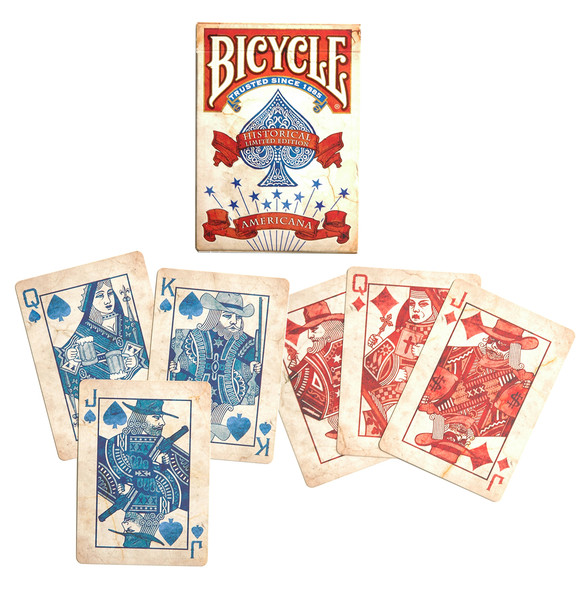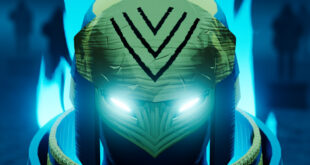Well here we are again, trying to figure this beast out. In the week since, I’ve solidified some preliminary ideas, setup some very basic rules, and decided how to actually prototype and playtest it.
First up is the game concept itself. I was in an Indigo, looking at books on game design and mulling over my game idea, trying to figure out how to best approach the whole “fast-paced fighting” deal. I figured I might get some design insight from one of the books, and then it would all fall into place. Yeah, fate isn’t so nice. Instead, I found myself wandering near the infernal…I mean internal Starbuck, when I noticed some playing card packages, bi-plane themed. Bi-planes are cool, I thought. Makes me miss the old days of Crimson Skies on the Xbox, when I’d do an Immelman and pick a guy off while he still thought he was about to kill me, and just hear his cries of frustration over Xbox Live.
I think you can see where this went: I decided to change the theme from fighting to dogfighting. The concept just fit better: it’s simpler and it’s quicker. Dogfighting only really has three elements to it: shoot, avoid being shot, and pull off a maneuver (like an Immelman). And it’s quicker: fuel, ammo, and armor plating are finite in war, and a fight can only last a certain period of time, regardless of desire or perseverance or bravery. In a fistfight, the last man standing could simply be, as we’ve seen in Rocky, the guy with the most heart (or brain damage…*boo…hiss* from the crowd); this can unnecessarily prolong a fight to the point where it’s boring, and it’s more a matter of endurance than fighting skill. So I settled on dogfighting. But now what?
Well, these are bi-plane themed playing cards. At the very least, they’re themed, so I can use them for prototyping. But then the idea of using the 56 card deck began to grow on me. It’s pre-printed, ready-made cards. I don’t have to waste my time in Photoshop, crafting and printing. And it’s a set number of cards, with a set number of suits and face cards. This gives me limitations, which if I’ve learned anything from Mr Adam Clare, is a great thing. So limitations, bi-planes, 56 card decks. What now?
Well, I know that I want the back and forth. I know that I want players to be on equal footing every time they do the back and forth. And the idea of using a 56 card deck (52 plus 2 jokers and 2 gaff cards) continues to make more and more sense, so I’m sticking with it. I settled (for now anyway) on having the back and forth occur as attacks and blocks using the numerical cards (1-10). Removing the jokers, gaff, and face cards, I’m left with 40 cards. I decided that, first of all, that players draw a hand of cards, and use that hand for the back and forth. This is where the strategy aspect comes in: being able to decide on what numerical value to use, in what way (attack or block). On it’s own, this seems like a fairly simple way to create complex strategy in the same way you see strategy for games like President. So we’ve hit the simple play, complex consequence (strategy) part, I’m 1/3 of the way there.
With all of this set, I had my first playstest using only the numbered cards, because I hadn’t yet decided what to do with the joker/gaff and face cards.
The basic rules are as follows:
- Each player uses the deck as their life total.
- Every time they are dealt damage, they discard cards from the top of their deck.
- If at any point a player goes to draw a card and is unable to, they lose.
- Player’s maintain a hand size of 6 cards (because 42 is divisible by 6, which is as close to 40 cards as you can get with a divisible whole number without going under. Just…trust me on this. It makes sense in my head. And the rationale isn’t really all that important.)
- Each “round” of play, players alternate playing cards.
- A player starts by playing a numbered card, and “attacking” for the value indicated on the card.
- The other player responds by “blocking” that attack with a card of the same or greater value.
- The other player then plays a card to “attack” and they repeat until one player cannot block (no cards of equal or greater value to the attack) or chooses to take the damage.
- When the round is finished, both players refill their hands to 6 cards.
- They keep any cards they did not use from the previous round.
Feel free to playtest the game yourself, and let us know how it went for you. I’ll be back next week to share more on the development of this game.
 BrutalGamer Bringing you Brutally Honest feedback from today's entertainment industry.
BrutalGamer Bringing you Brutally Honest feedback from today's entertainment industry.






